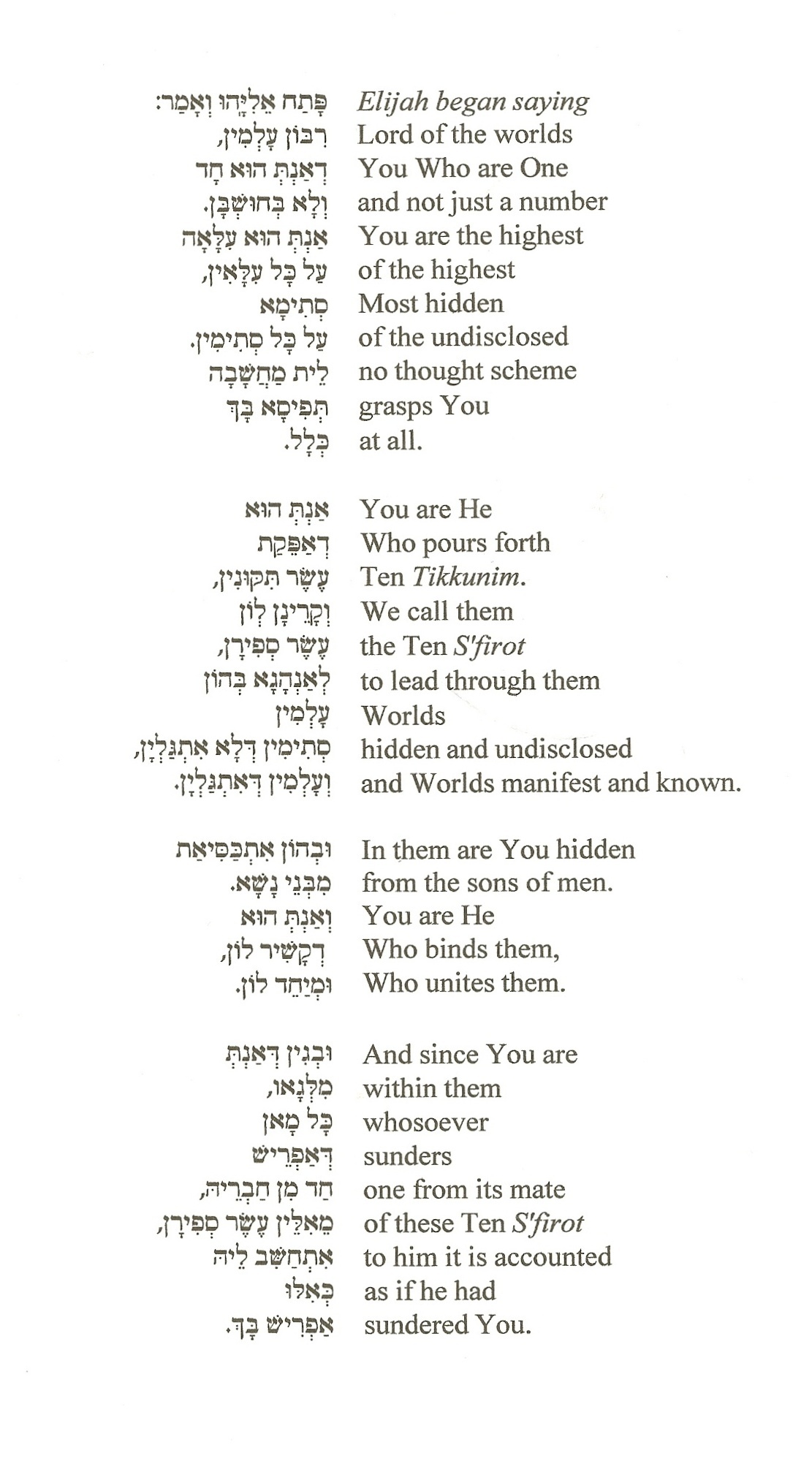Malchiyot on Rosh Hashanah
Thursday, September 18th, 2008As Reb Zalman taught on Rabbi Ayla Grafstein’s youtube site (cf., “Reb Zalman on High Holidays“, Parts 3 and 4):
“What is to happen on Rosh Hashanah? Here’s a teaching I got from my Rebbe, Reb Yosef Yitzchak of Lubavitch. It goes something like this:
“Adon olam asher molach b’terem kol yetzir nivra / The Lord of the world, He reigned as King before there ever world was yet created, before anything was shaped / created.
“It begs the question, since our sages tell us, and it is very clear to us too, that eyn melech b’lo am / you can’t have a king without the people [who serve], so whom did He, before anything was yet created, reign over?
“Good question.
“And this goes even deeper because the rabbis said, you must never do anything to anyone else that’s a liability to him [in his absence].
“If it’s unalloyed good, you can do that. For instance, if I say this belongs to Reb Dovid and it’s unalloyed good, for instance, tax free money, then that would become yours from that moment on because zachin l’adam shelo b’fanav / we may benefit a person in his absence, the person doesn’t have to be present to take ownership.
“But, eyn chovin l’adam shelo b’fanav / we may not disadvantage a person in his or her absence. If it’s a liability, you can’t lay it on a person unless you have obtained consent.
“Now follow; this goes another step.
